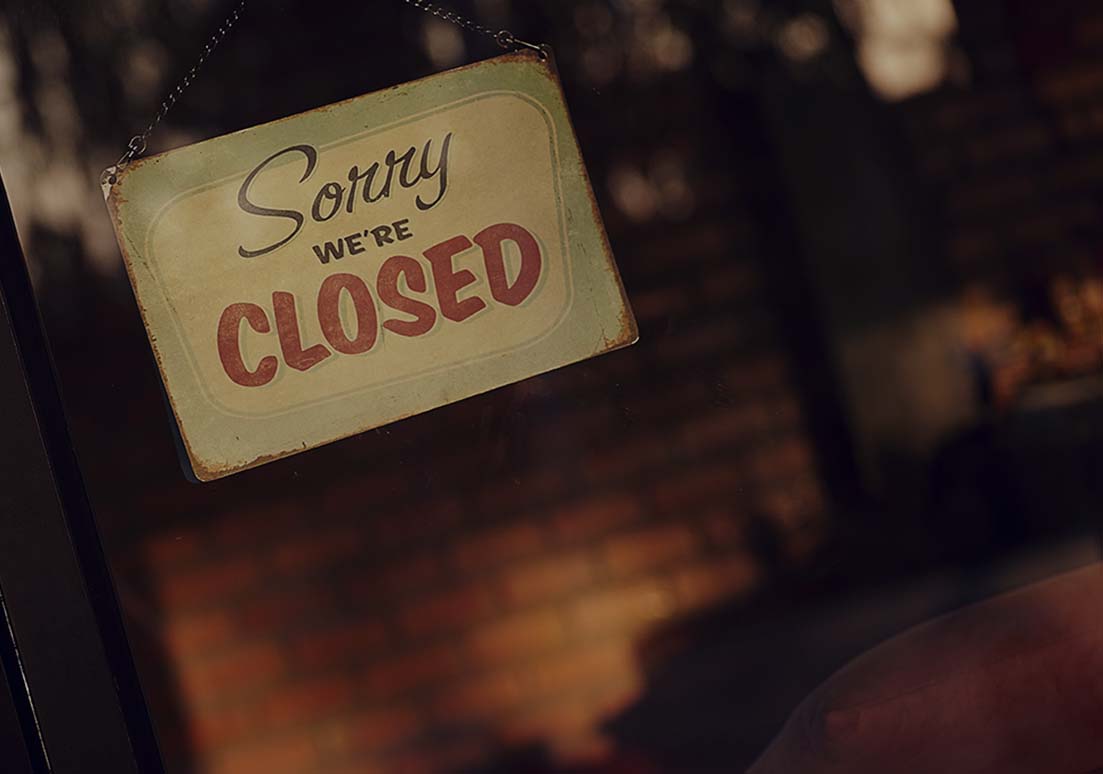Nearly every week we read about an Australian-owned business going broke – even though their turnover is in the millions.
Within the last week alone there have been reports of collapses including Trazlbat (with a $20m turnover) and Ultimate Creative Agencies (with around $12m turnover). The question raised by such developments is: how can businesses with this level of turnover possibly end up in administration?
Whilst not commenting specifically on the above two businesses, my general observation is that this should never happen to businesses with turnover of $10m or $20m. They have already done all the hard work in getting to this size. If a business of this size collapses I believe it is primarily because it is not getting appropriate financial advice, or it is not listening to, and then acting on, the advice that is being given.
It’s generally not rocket science why businesses go broke. Invariably it’s because they run out of cash and there are only three reasons businesses don’t have cash; and this applies regardless of the size of the business.
1. Grow too fast
Yes, there is such a thing as growing too fast. A business shouldn’t just take on a big contract just for the sake of growth.
Here are my four golden rules to ensure you’re not growing too fast:
- Make sure you surround yourself with competent financial expertise. High growth can mean high risk. Ensure your financial team know what they’re doing.
- Focus on free cash flow. If your financial team can’t tell you what your free cash flow is, they shouldn’t be there. No matter how profitable your business, you can still have negative free cash flow. This means that even if you’re making a profit, your business is growing at such a rate that the profit is not sufficient to fund the growth. This means having to borrow more and more from the bank until there’s a hiccup and the bank says “no more”.
- Know your sustainable growth rate. How much can the business afford to grow without requiring disproportionate debt? Your financial team should be able to tell you what this is. Growth funded entirely on debt is dangerous growth.
- Know your working capital absorption ratio. This is a simple ratio that you particularly need to know in a high growth business. In other words, how much additional working capital is needed to fund a given increase in turnover?
2. The dangers of short-term capital
The second reason businesses don’t have cash is they use short-term funding (i.e. working capital) to fund long term assets. That is, they pay cash for big chunks of plant and equipment instead of funding it over the life of the equipment. Don’t get me wrong, if you have plenty of cash (more than you need to fund your working capital requirements), then by all means use that cash rather than borrowing. But make sure there is plenty of spare cash to fund working capital, particularly if your business is growing fast.
3. Profitability is paramount
The final reason businesses don’t have cash is that they are not profitable. It doesn’t have a cash flow problem; it’s got a profitability problem. It may have a history of prior losses as well as the current year. These losses have to be funded from somewhere and that is usually from the shareholders, or more likely, the bank.
Ultimately there comes a time when the bank says “no more”. What surprises me (based on my experience) is that very few business owners know what rate of return on capital employed (ROCE) they’re making on their business and whether that rate of return is high enough.
Once again, surrounding yourself with good financial expertise will pay off in spades. If your current financial team are not providing you with your ROCE ask why not and ensure they do. Most business owners can tell you how much profit they made. From my experience, what they can’t tell you is how much capital they had tied up in the business. This simple ratio is an all-encompassing measure of financial performance and should be the first ratio business owners ask for.
What still surprises me after more than 30 years advising SMEs is that business owners don’t seek help early enough. In many cases you find that the ATO is one of the major creditors, with businesses often using the ATO to fund their growth.
The key is to surround yourself with competent financial expertise, know what questions to ask and make sure you have appropriate financial reporting systems in place to ensure you receive accurate, timely financial information.










